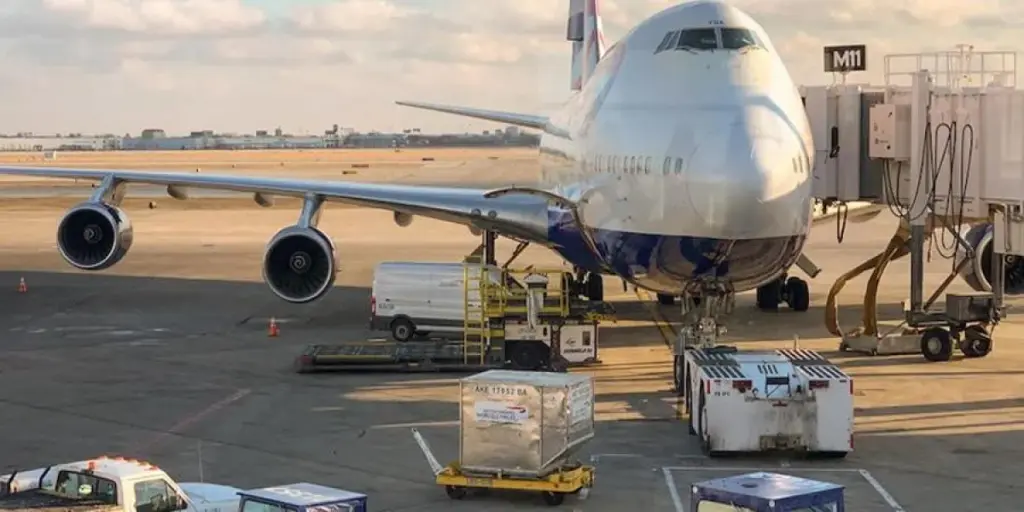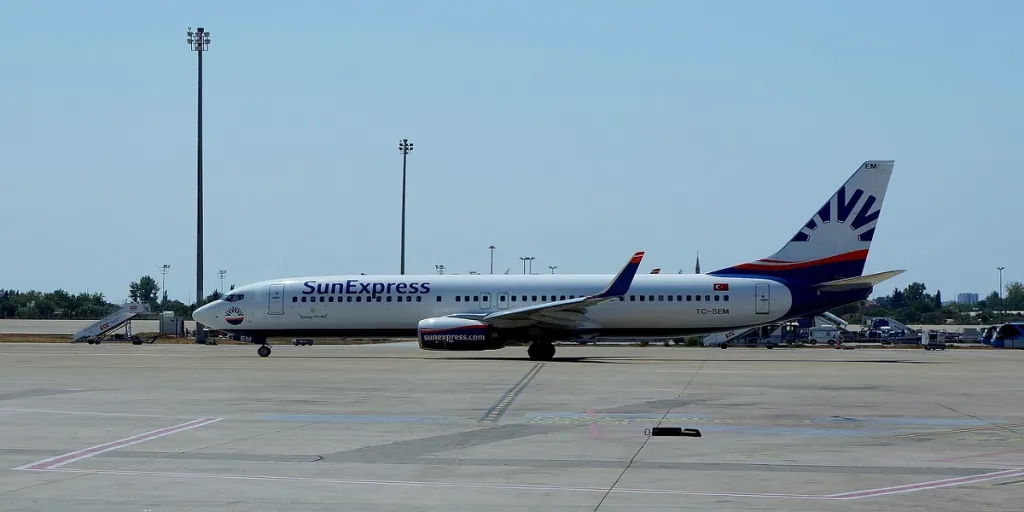When choosing a shipping service, ecommerce brands have many variables to consider and the decision can be a complex endeavor, requiring a comprehensive freight analysis. There is a lesser-known category of shipments that sits in between LTL and small parcel. Services that cater to this mid-weight range are called hundredweight or CWT (centum weight).
The main requirement to qualify for hundredweight or CWT services is having multiple shipments that go to a single destination on a single day. For bulky or heavier items, combining shipments can be a cost-effective and efficient strategy.
Understanding the nuances and differences between these services is crucial for shippers to take advantage of these specialty services.
What is Hundredweight (CWT) in Shipping?
Hundredweight is a unit of measurement used in shipping, equivalent to 100 pounds. It is commonly used to package shipments of goods that are relatively heavy, naturally lowering overall shipping costs.
If your brand is shipping multiple packages to a single destination on the same day, you may be able to consolidate your shipments into one and qualify for CWT shipping. These services have a minimum and maximum weight requirement, so product type matters. Most CWT services cover the contiguous US and offer relatively fast delivery (2-3 days or Ground).
Many ecommerce shippers think they are limited to LTL (less-than-truckload) or FTL (full-truckload) shipping, but Hundredweight offers a cost-effective way to meet in the middle.
Which Carriers Offer Hundredweight Shipping?
Of the major US shipping carriers, UPS and FedEx both have CWT offerings, both are also LTL carriers. The services these carriers offer have very similar requirements and offer competitive advantages to customers whose shipments qualify. Both UPS Hundredweight and FedEx Multiweight require businesses to ship multiple packages to a single destination on a single day to qualify for hundredweight shipping. They both use actual weight to determine the eligibility for these services.
UPS Hundredweight
The UPS Hundredweight service calculates the weight of each package and combines them into a single shipment, offering cost savings associated with shipping larger quantities. Here are some of the characteristics of UPS Hundresdweight shipping.
- Minimum weight threshold is 200 lbs.
- Services used are UPS 3 Day Select or UPS Ground shipment
- A single recipient destination is required
- Destination must be within the 50 US states and Puerto Rico
- Necessity of a UPS account with Scheduled Pickup
FedEx Multiweight
FedEx Multiweight is a shipping calculation that can be added to your FedEx shipping account if you use their services. It uses automated logic to compare the total cost of sending multiple shipments versus treating all the packages as a single shipment. You will automatically receive the lower cost shipping service, whether that is standard or Multiweight. Here are some key characteristics of FedEx Multiweight.
- Ground and 3-Day services must be minimum 200 lbs.
- Next Day Air and 2-Day air shipments must be minimum 100 lb minimum.
- Overall weight thresholds of single items that can be included in a Multiweight shipment are: minimum 15 lbs. per package, maximum 150 lbs. per package.
- A single recipient destination is required
- International shipping is included but has different package dimension requirements than domestic
- Overall fixed pricing structure
Who Commonly Uses Hundredweight Shipping?
Common industries that use CWT services often include those who have large, bulky, or relatively heavy items. These product characteristics will offer per-pound savings when consolidating small package shipments into hundredweight shipments. Lighter items may not meet service weight minimums and may be better off with other servics. Brands also need to consider the delivery speeds—items that need to be delivered overnight are not good candidates.
Here are some product types and businesses that often use hundredweight shipping:
- Manufacturing and industrial equipment
- Agriculture, like grains, seeds, and fertilizers
- Raw materials like plastics or chemicals
- Construction and building materials
- Furniture and appliances
- Bulk commodities
- Automotive
- Printed materials like books
- Large medical devices or medical equipment
Any brands that deal with heavy or bulk items should consider switching to CWT.
Top Three Advantages for Shippers Using Hundredweight
Shipping and transportation fees can make up to 70% of an ecommerce brand’s overall budget. Any cost savings available can make a big impact on their business.
CWT shipping services can lower per-pound shipping costs compared to other pricing models, making them a great option for shipments that qualify. Here are the top three benefits to CWT shipping for ecommerce.
1. Cost savings
With fewer shipments there is natural cost savings. UPS and FedEx systems, once activated, have pricing logic that will be applied to your account. The logic will provide you lower shipping rate (Standard vs. Specialty Service) based on its automated calculations. FedEx also promotes that many surcharges are capped with the Multweight service offering significantly lower fees than an LTL shipment with accessorial fees.
The cost savings can go beyond just the billable weight. Fuel surcharges are big consideration here, because it becomes and additional fees on top of the base charges, but also other surcharges. With LTL shipping or parcel shipping, surcharges can add up quickly, by consolidating their individual packages, shippers (especially small business or light-weight small package brands) can see significant savings.
2. Less strain on business resources
Spending time packaging LTL shipments that could otherwise qualify for hundredweight, you’ll free up time by switching. Both hundredweight services don’t require palletization, or extra packaging.
3. Streamlined processing and tracking
Multiple shipments combined into one will lower any processing time and fees. Shippers will have fewer tracking numbers and more consistent delivery accuracy.
Bottom Line
When considering a new shipping service or shipping carrier factors such as service availability, delivery speed, service reliability, and customer support should be considered closely. Both UPS Hundredweight and FedEx Multiweight offer businesses significant benefits, but only if their shipping volume, frequency, and destinations align with each service requirements.
Source from DCL Logistics
Disclaimer: The information set forth above is provided by dclcorp.com independently of Chovm.com. Chovm.com makes no representation and warranties as to the quality and reliability of the seller and products.




